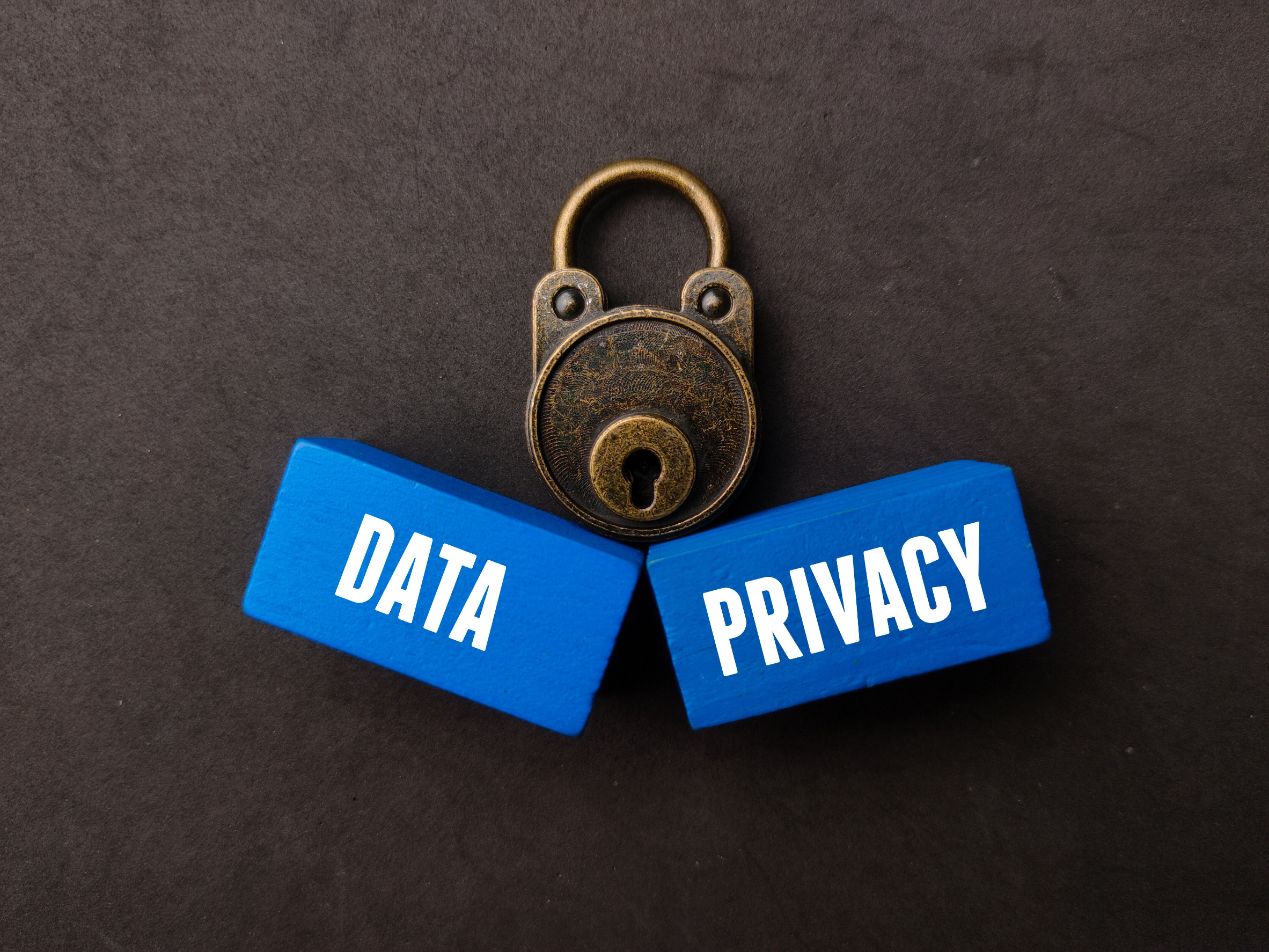By: Editorial Staff, Date: August 14th, 2023
In our hyper-connected world today, the Internet of Things (IoT) has emerged as a technological marvel, seamlessly integrating devices, and enhancing convenience. However, as the IoT ecosystem continues to expand in 2023, so do the concerns about data privacy and security.
This article delves into the pressing data privacy concerns surrounding IoT and explores potential solutions to mitigate these risks.
The Data Privacy Tightrope
The proliferation of IoT devices means that they gather and exchange vast amounts of personal and sensitive data. From smart thermostats learning our daily routines to wearable fitness trackers monitoring our health, these devices constantly collect information that, if mishandled, could jeopardize our privacy.

IoT Security Risks to Be Aware of
1. Data Breaches and Unauthorized Access
With the sheer volume of data flowing through IoT devices, the risk of data breaches and unauthorized access has never been higher. A single vulnerable device can become an entry point for cybercriminals to gain access to entire network, potentially exposing personal, financial, and even medical data.
2. Lack of Standardized Security Measures
IoT devices are manufactured by a myriad of companies with varying security practices. This lack of standardized security measures makes it challenging to ensure the safety of data across the entire IoT ecosystem. Weaknesses in one device can cascade into a larger security breach.
3. Data Monetization and Profiling:
As data becomes a valuable commodity, there’s a concern that IoT device manufacturers and service providers might prioritize monetizing user data over safeguarding it. This raises questions about the extent to which our activities are being tracked, analyzed, and used to create targeted advertisements and profiles.
Safeguarding Data Privacy
While these concerns are valid, solutions are being developed to address the growing data privacy challenges within the IoT landscape.
1. Enhanced Encryption and Authentication:
Implementing robust encryption protocols and multi-factor authentication can significantly mitigate the risks of unauthorized access. These measures ensure that even if data is intercepted, it remains unreadable and unusable to unauthorized individuals.
2. Privacy by Design:
Manufacturers can integrate privacy considerations from the inception of IoT devices. This involves building data protection mechanisms into the core design, limiting the data collected, and ensuring user consent for data usage.
3. Industry Standards and Regulations:
Regulatory bodies are recognizing the urgency of IoT data privacy issues and are working towards establishing comprehensive regulations and standards. These frameworks would hold manufacturers and service providers accountable for adhering to strict security and privacy guidelines.
4. User Education:
Empowering users with knowledge about the data their devices collect, how it’s used, and how they can control it is crucial. By understanding the risks and benefits of IoT, users can make informed decisions about which devices to use and how to protect their privacy.
Join Our Webinar: The Growing Data Privacy Concerns Raised by the IoT: Smart Approaches to Manage Risks
Upcoming Webcasts
Enterprise Resource Planning (ERP) in the Cloud: Exploring the Benefits and Drawbacks
Today’s dynamic marketplace presents substantial challenges to static business models. As manual processes and disparate systems won’t be enough to keep up with the relentless service economy and shifting consumer demands, future-proofing your business has become more crucial than ever.


